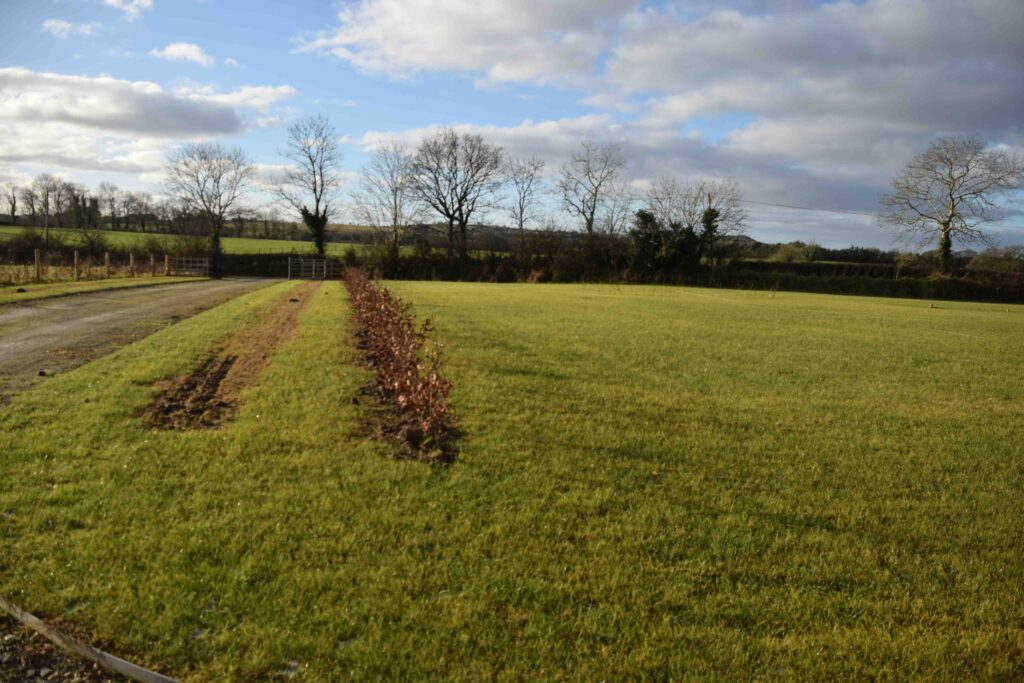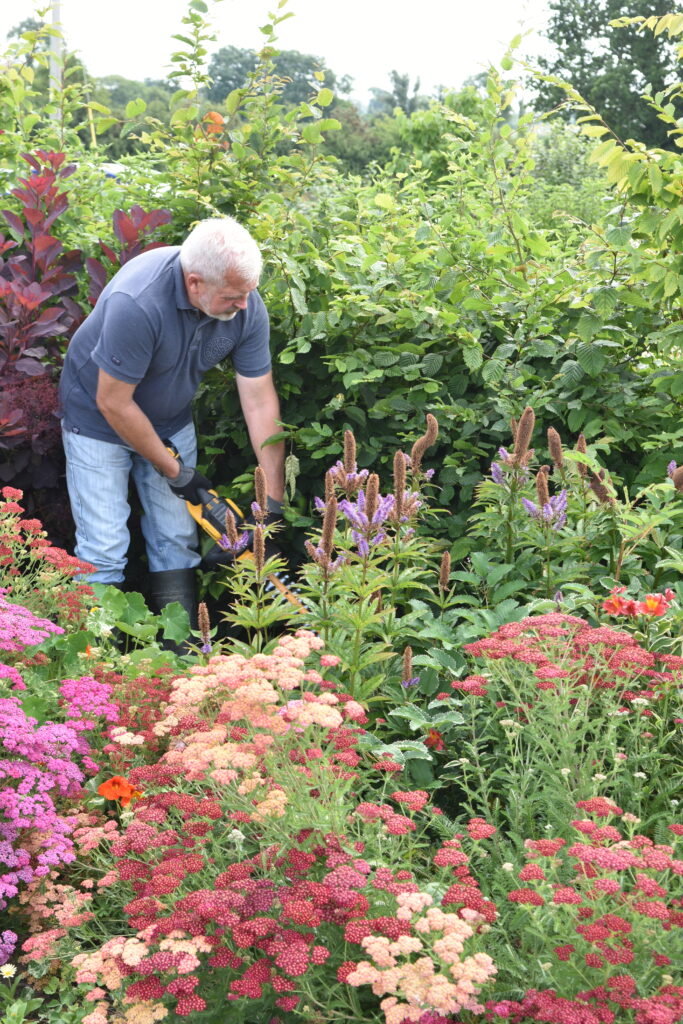
Most gardeners want to add privacy and shelter to their gardens and divide their plots for design reasons. The gardener is faced with a number of choices to do this. Walls, trellis and fences all offer quick options. Planting a hedge does not offer a quick solution – they take many years to mature and become effective. But there are many important advantages to hedges.
Firstly there is cost. A hedge costs a lot less than a wall or even a fence. Unlike a fence, a hedge will get stronger with age. Hedges have advantages for your garden too. A hedge filters the wind rather than abruptly stops it, so will not cause eddies and wind tunnels.
A hedge can also look better and although it will need trimming once a year, usually in August, there is no painting needed!
But the biggest advantage, at the forefront of all our minds, is the environmental advantage. Among these, listed by the Royal Horticultural Society, are;
Flood mitigation, noise reduction, air pollution capture and support for wildlife.
There is a huge choice of plants suitable for hedging. When I worked at Nags Hall in the 1980s the No 1 choice was ‘Leylandii’ but this has fallen from favour because of its limitless height and outrageous growth rate.
Yew is a better evergreen alternative and easy to keep trimmed.
Many people want an evergreen hedge and apart from yew, griselinia, some cotoeaster, privet, Portugal laurel and cherry laurel are all popular. These should be planted as potgrown shrubs and are best planted in spring.
Bare root hedges
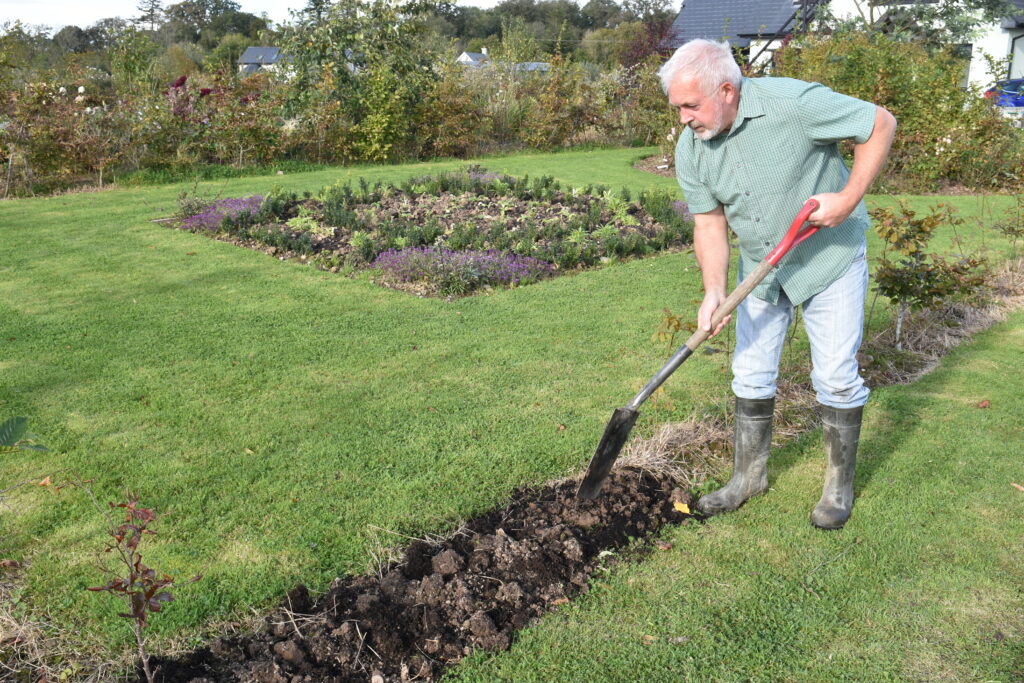
Deciduous shrubs and trees make good hedges and among the best are hornbeam and beech.
Although these lose their leaves in winter, if the hedge is maintained to no more than 2m (6ft 6in) high the branches will retain most of their dead foliage until spring, offering privacy and screening.
The advantage of these shrubs is that they are planted, when dormant, with bare roots and they are considerably cheaper than potted plants. Planting a hedge in the next month or so, with hornbeam, hawthorn or beech is affordable and will create a hedge that captures carbon, looks great and will be really beneficial for wildlife.
Nags Hall have a good stock of bare-root hedging at the moment and, now the extreme cold looks to be behind us, it is a perfect time to plant your hedge.
Which to choose?
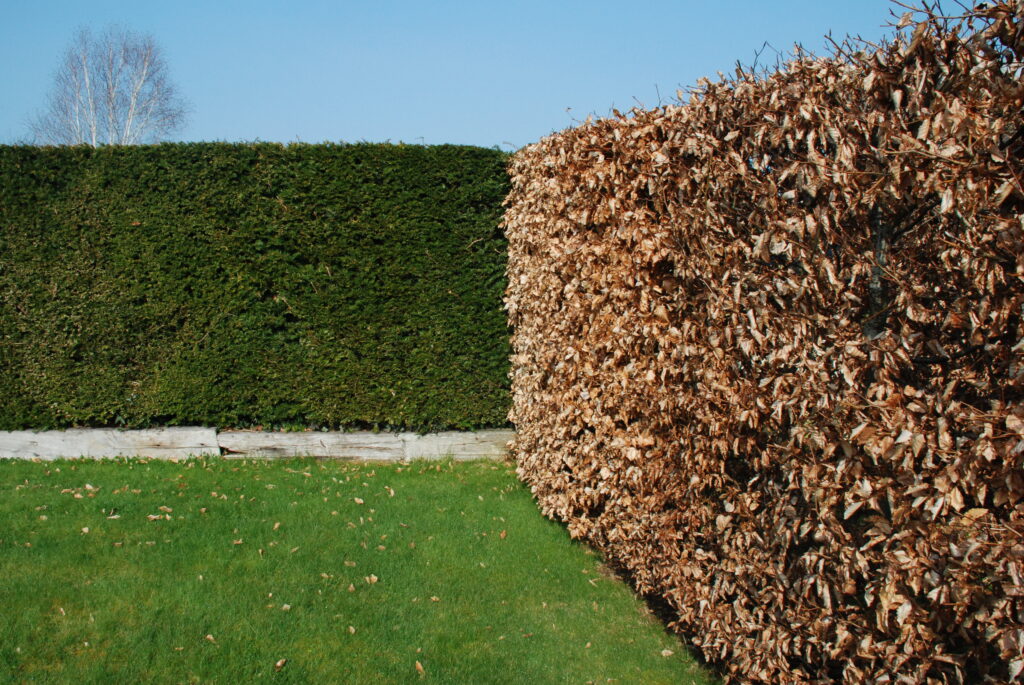
It is a matter of personal preference but I think beech is the finest hedge. The foliage is fresh green in spring and a glorious copper in autumn and winter. It grows well on chalky soils but it dislikes very heavy clay soil and will not thrive where the ground lays wet. Copper (purple) beech is more expensive but makes a vibrant and spectacular hedge.
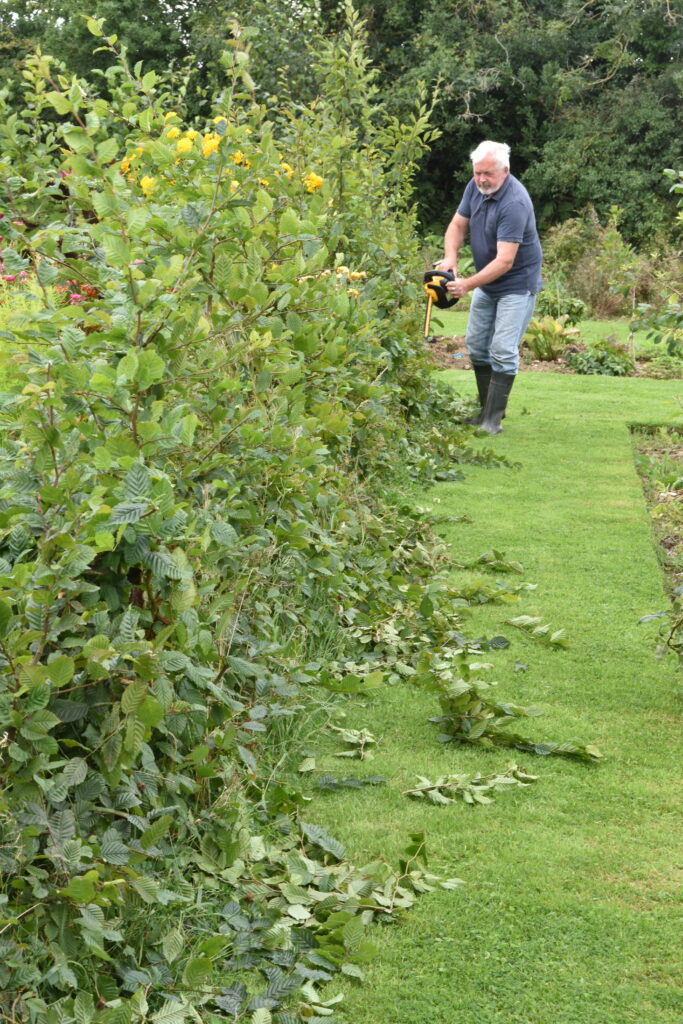
Hornbeam is similar but the dead, winter foliage is rather dull brown. But it is less fussy about soil and will grow where beech struggles. Both grow quickly and will grow about 45cm (18in) each year. Most of my hedges are hornbeam because my soil is rather heavy and the site exposed. It has grown well and, after five years, has reached 2m high and filled out and is now an effective hedge. In contrast, the beech is still struggling.
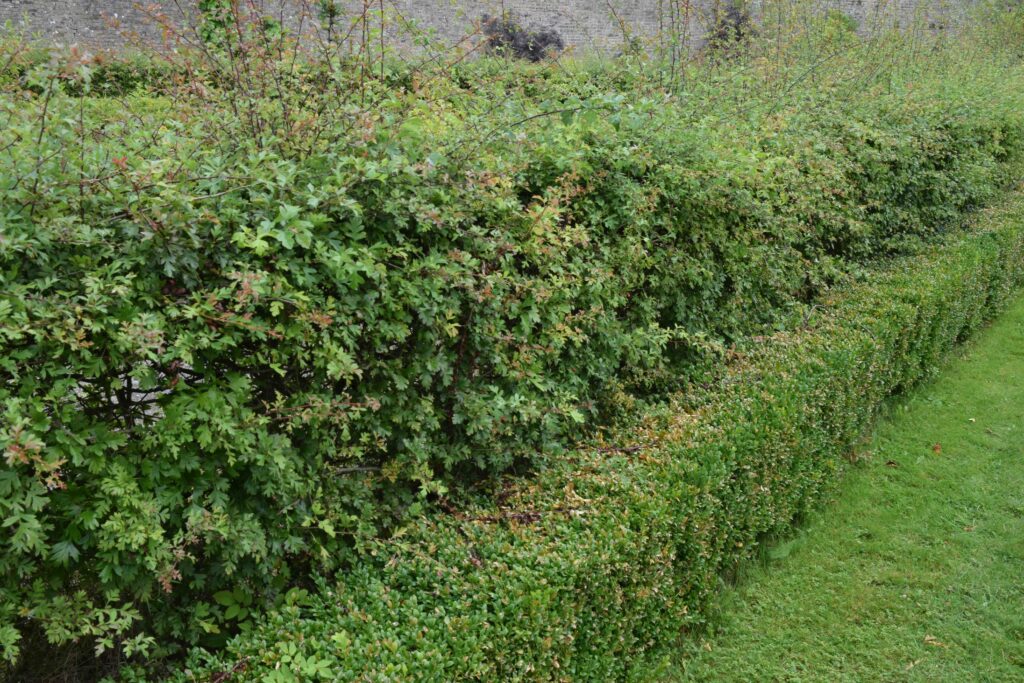
Hawthorn is a good option for rural hedges. It is spiny so makes a good stockproof (and intruderproof) hedge. But it is uncomfortable to trim, because of the thorns, can be prone to mildew, and may need pruning more than once a year.
How to plant
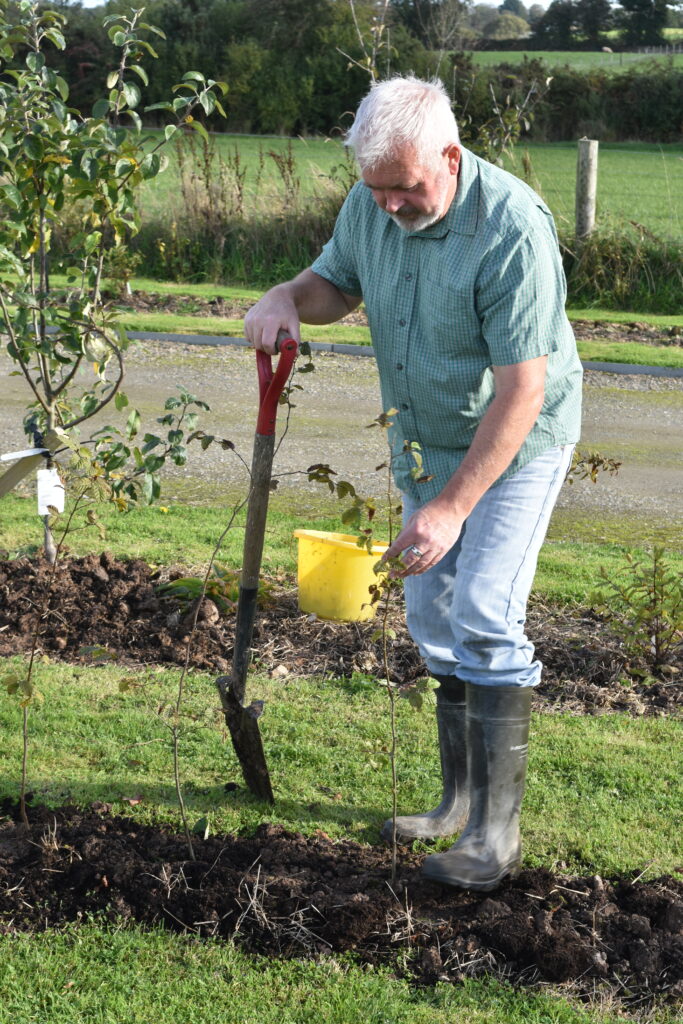
There are two ways to plant a bare root hedge. The best, for the plants, and the right choice if your soil is poor or stony, is to fork over a trench and incorporate organic matter. Dig it over about 20cm (8in) deep. Then plant into the prepared soil.
If the soil is not awful you can slit plant. Push the spade into the soil and wiggle to make a slit. Push the roots and base of the plant in this, firm back the soil and it is done. Obviously the roots will not be spread out and this is only suitable for small plants such as 30-40cm plants. If you have invested in larger plants for quicker results, it pays to prepare the soil better.
It is important that the roots are kept moist at all times. After buying, keep the roots moist and plant as soon as possible.
How many do you need?
In most cases these hedging plants should be spaced 30-45cm (12-18in) apart in the rows. So you need about three per metre of hedge. For a thicker hedge you can plant a double row, 30cm apart, with plants 45cm apart in each row. There is no advantage in planting closer than 30cm apart between the plants.
Weeds
Weeds will compete for nutrients and water so must be kept under control. It is best to remove weeds before planting. You can do this with a weedkiller or smother the weeds with carpet or mulch. You can plant through a weed membrane but this is prone to get caught in the wind and is difficult to remove later. Once the hedge is established and growing well it will suppress weed growth. It will be necessary to water the new hedge in dry spells in the first year as well as weed.
